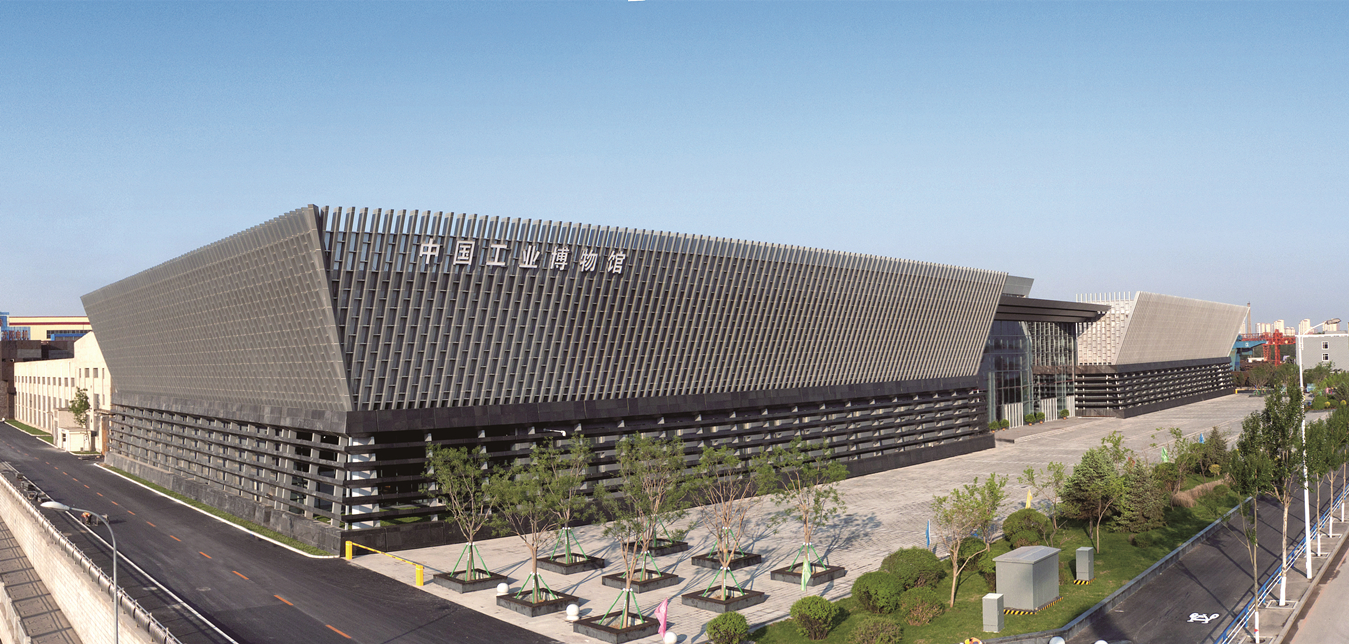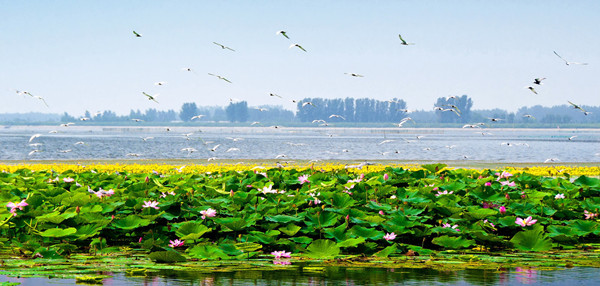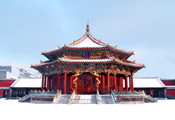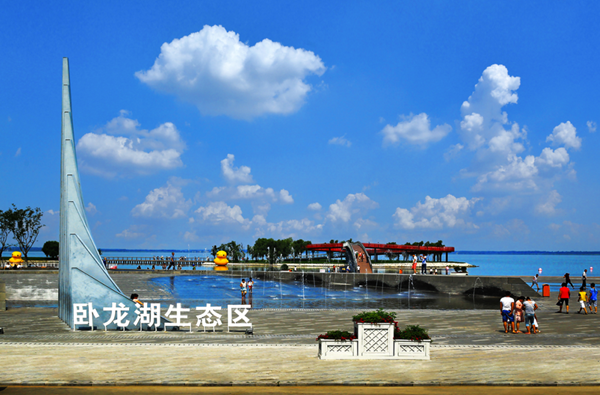2018 Shenyang “Micro travel” recommended routes
(chinadaily.com.cn)
Micro travel route 1: Travel for historical buildings
Recommended sites: Shenyang Imperial Palace, Marshal Zhang's Mansion, the site of Khan's palace, Northeast Army Lecture Hall, the site of the Shenyang trial of Japanese war criminals, the Memorial Museum of the Site of the Primary School Zhou Enlai Used to Study in as a Child
Shenyang Imperial Palace, built in the Qing Dynasty (1644-1911) is one of the two well-preserved palace complexes in China, and another is the Forbidden City in Beijing. It was ranked on the World Heritage List by UNESCO in July 2004.
Marshal Zhang's Mansion was owned by former army marshal Zhang Zuolin and his son Zhang Xueliang, a famous patriot. The museum was founded in 1914 and is a national 4A tourist attraction.
The site of Khan's palace was the resting place of Nurhachi, the founder of the Qing Dynasty and his wives.
The Northeast Army Lecture Hall site was established in 1907 and was developed further during the reign of Zhang Zuolin and Zhang Xueliang in the Northeast. It is a comprehensive military education institution with the longest history and the largest number of military personnel in Northeast China.
The site of Shenyang trial of Japanese war criminals court is the only museum in China related to the trial of Japanese war criminals.
Memorial Museum of the Site of the Primary School Zhou Enlai Used to Study in as a Child was built to commemorate Zhou’s schooldays.
Micro travel route 2: Travel for museums
Recommended sites: Shenyang Financial Museum, Liaoning Provincial Museum, Liaoning Agricultural Museum, Industrial Museum of China, Paleontological Museum of Liaoning, the 9.18 Historical Museum, Xinle Archeological Site, Shenyang Accounting Museum, Huanggutun Incident Museum
Shenyang Financial Museum is the largest financial museum in China, with the widest range of exhibits.
Liaoning Provincial Museum is the first comprehensive museum established after the founding of the People's Republic of China in 1949, as well as the largest provincial historical and arts museum in China.
Liaoning Agricultural Museum mainly exhibits ancient and modern agricultural tools used by people in Liaohe River Basin.
Industrial Museum of China houses more than 30,000 cultural relics dating back over 4,000 years, and it also functions as a research base for industrial culture and historic Chinese industrial materials.
Paleontological Museum of Liaoning is China’s largest paleontological museum, highlighting paleontological fossils from Liaoning province and elsewhere, with fossils dating back up to 3 billion years.
The 9.18 Historical Museum is located at No 46 Wanghua Nan Street, Dadong district, Shenyang. The museum documents the "September 18th Incident" in 1931, when Japanese forces attacked Shenyang.
Xinle Archeological Site is an ancient site of a tribe from the matriarchal clan society that lived at the beginning of the New Stone Age 7,200 years ago.
Shenyang Accounting Museum is a thematic museum showing the evolution of the accounting industry with more than 5,000 Chinese and overseas accounting exhibits.
Huanggutun Incident Museum reveals the truth of the incident involving the Japanese Guandong Army that murdered Zhang Zuolin, a warlord in Northeastern China.





